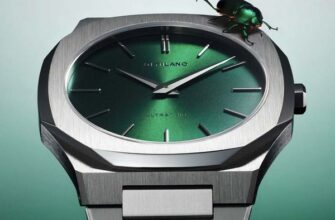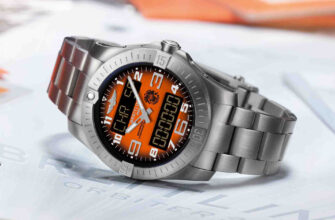Coffee at Starbucks? An Alfa Romeo car? An LVMH suitcase, a Louis Moinet watch and many other joys are quite accessible to everyone even now - if you go down into the meta universe. Analysts at Morgan Stanley estimate that the virtual luxury market could reach $2030 billion by 50. Real.
When I hear / read about the meta universe, I immediately remember a number of works of art - the books "Monday Starts on Saturday" by the Strugatsky brothers and "The Sum of Technology" by Stanislav Lem, from the films it is, of course, "Avatar" by James Cameron. But more striking than others is the coincidence with "Surrogates" by Jonathan Mostow with Bruce Willis in the title role.
If Stanislav Lem described back in 1963 the technology of the body of presence (teletaxy), then the Strugatskys had “doubles” standing in lines for salaries instead of real people. In "Surrogates", the interface for controlling androids by the power of nerve impulses, developed to help the disabled, is very quickly becoming popular among healthy people. The human operator feels and experiences all the sensations experienced by his electronic double, but without any harm to himself.
Very quickly, 98% of the world's population does not leave their homes, and at this time, people's lives are lived by surrogate robots - they can look like anything, they can be of any gender and create the unimaginable. Human operators, as we will see at the end of the film, for the most part do not differ in good physical shape, dressed in bathrobes and slippers, and android surrogates, on the contrary, are very good, beautiful, strong and young.
For me, the meta universe offers a very similar scenario, only surrogates, they are avatars, will not roam the streets, but the Internet - in the new virtual world, your double will be your full representative, but with its help you will begin to experience real immersion into virtual reality.
Lyrical digression: The Internet may have been conceived as a way to transmit information, but a huge part of it is still tuned to satisfy carnal needs - now there are not as many as in the 1990s, but even now the number of pornographic sites in the volume of the global Internet is 4% (in the top 20 most visited sites, 4 sites are frankly pornographic), and search queries on the topic are registered at the level of 13% to 20% of their total number, which, you see, is quite a lot. Women participate in this search by quite a significant percentage - 28% of users, men, however, are more interested - 87%.
Why this paragraph, you ask? Moreover, at the personal level of immersion in the digital world, everything will come down to a banal search for a partner, avatars will compete with each other through the efforts of their real owners, who are looking for satisfaction, by acquiring symbols of wealth and power: avatars will dress up in fashionable clothes, ride expensive cars, to buy watches for themselves - long entrenched in the minds of consumers as a status symbol or a means of self-expression. Here, by the way, is how Mark Zuckerberg describes the brave new world:
“Avatars will be as popular as profile pictures, but instead of a static image, they will represent you in real time in 3D, your expressions and movements, which will enable interaction. Chances are you'll have a photorealistic avatar for business, stylized for socializing, and maybe even a fantasy avatar for gaming. You will have a virtual wardrobe for various events, created by different designers and derived from different applications and experiences.”
As you understand, the potential is huge, and luxury goods manufacturers (which include us and many watch brands) rushed into the meta universe to work with a new audience.
Early attempts by watch brands to enter the meta universe with NFTs tended to end poorly. The very first NFT watch, a digital photograph of Hublot's prototype Bigger Bang All Black Tourbillon Chronograph, which was offered at auction, did not live up to expectations, did not reach the starting price. Number two - Jacob & Co's Epic SF24 XNUMXD animation also crashed, the process had to be restarted two days later...
But that was a year ago, when brands, spurred on by the COVID-pandemic situation, were looking for new ways for themselves. Since then, many luxury watch brands have successfully introduced their own creations to the meta universe and NFT, a conservative industry that has long eschewed online sales and denied the Internet revolution at all.
Before the epidemic, watch brands adhered to their strict norms and preferred to work directly with customers, in the flesh. However, when the crisis escalated, they were forced to change their strategies and embrace the latest advances in digital technology and abandon old traditions, seeing certain promises in the meta universe.
The recently released Bvlgari Octo Finissimo Ultra, one of the thinnest mechanical watches in the world, and at the time of its release the thinnest, attracted attention not only for its graceful forms, but also for its laser-engraved QR code on the ratchet wheel. By scanning the code, users can access exclusive digital content and NFT artwork that helps authenticate the watch. Antoine Pan, managing director of Bvlgari Watches, explained that this is an important way for the brand, known for its watch heritage, to offer customers new technologies for interacting with the brand.
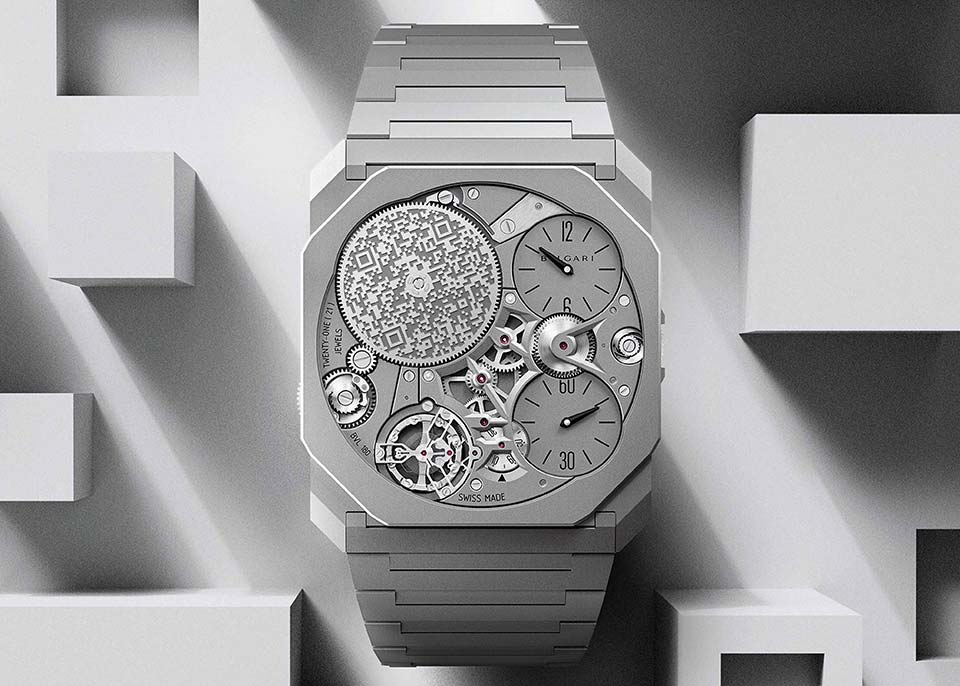
Hublot, another brand of the LVMH group, which includes Bvlgari, introduced the Big Bang Unico Ledger “set” in February. It included a Big Bang Unico 42mm ceramic watch and a limited edition Ledger & Hublot Nano X cryptocurrency wallet.
Following this, the brand presented two NFT works by one of its longtime friends and partners, the popular contemporary Japanese artist Takashi Murakami. They were inspired by two watch models created by Murakami in collaboration with Hublot.
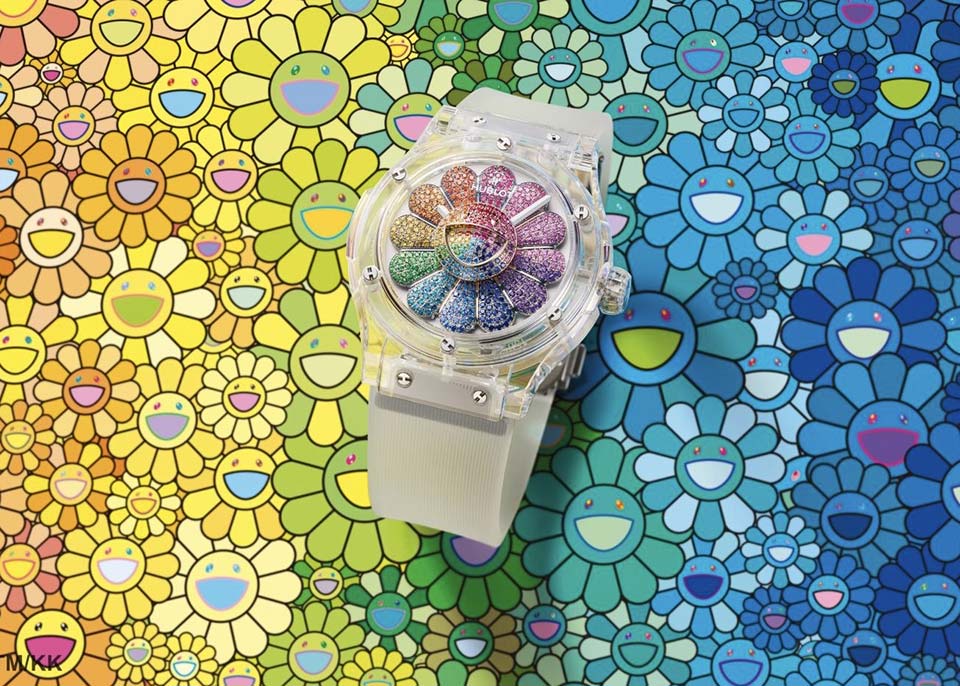
IWC distributed 1868 NFT membership customers and other visitors in March of this year to everyone (on a first-come, first-served basis) as part of the Geneva Watch Fair. Each token contained a diamond-shaped raw digital image, the symbol of the new IWC Diamond Hand Club. Claiming their rights to NFT, the owner became a member of this club, which gave access to the brand's new virtual 3D space hosted on the Spatial.io online platform. Participants were also promised to be invited to exclusive events: both offline and online. The plan was to expand the club over time with the addition of "new worlds and features", according to IWC.
The Louis Moinet Space Revolution watch, with two tourbillons and two spaceships constantly moving in a circle, was an interesting piece of watchmaking in the flesh. Based on this design, the brand collaborated with 3D digital world creator Tafi to develop 1000 unique NFT watches, all of which sold out within seven minutes on launch day at the end of February.
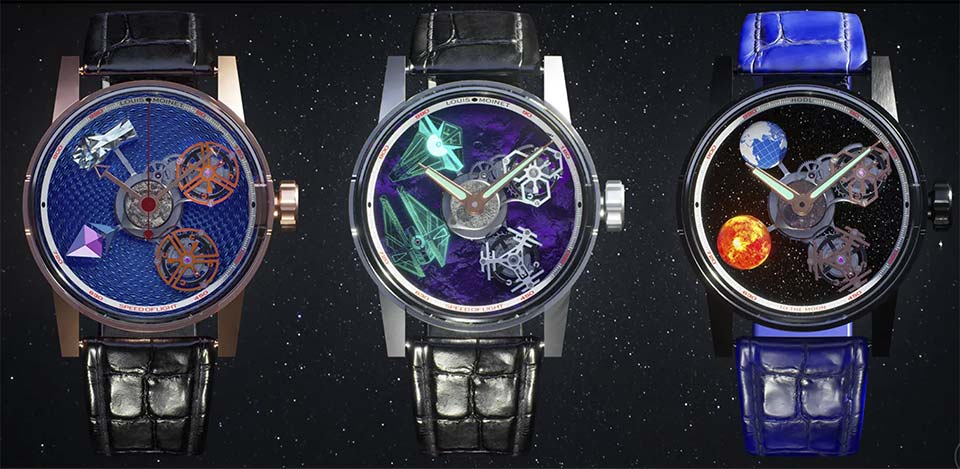
DWISS, another watch company, has claimed to be the first to introduce a true collection of watches in the form of NFTs, which will later be available in the meta universe where users can dress up their avatars as DWISS watches.
The realization that rare watch hunters and rare NFT hunters must be similar in their desire to get their hands on something rare leads to clubs such as the CryptoBear Watch Club. The CBWC, according to the association's website, was launched "with a mission to unite luxury watch and NFT collectors into a community by making it easier to access the watches they seek in a virtual world dedicated to them."
The CBWC founding group is using their access to luxury watch dealers and their love of NFTs to improve access to the world of watches through Discord and P2E MMORPGs (it's about time we all found out). An important part of the club project is the community, in Arkouda the idea of physical possession of luxury goods served as an inspiration for the time-controlling "powers" possessed by bear avatars. “The watch community is very close-knit. It's nice to see in our Discord, where we have a watch talk, that all our users are so involved,” the club organizers assure. If they're not lying, they have over 50 active members.
The digital universe imitates the real society, and companies are trying to adapt it to their needs. At the same time, many hope that it will be possible to establish interaction with the so-called generation Z, because it is generation Z that is engaged in the development and creation of the meta universe.
Digital professionals, fascinated and educated by virtual worlds, may well begin to ignore the clock in real life for you and me, but will be fascinated by them in the virtual universe. Manufacturing companies are forced to keep a close eye on this new area and adapt their tactics accordingly to compete in today's virtual world - if everyone moves there, they will have to trade there.
Proponents of virtual items claim the great benefits of trading in the digital universe, because no raw materials are used to produce virtual luxury goods, and designers have great freedom of creativity - the restrictions that are determined by the laws of the industry in this world do not apply to virtual copies.
Beyond that, technology advocates say, the luxury goods industry is under great pressure to reduce its carbon footprint and adopt sustainable manufacturing practices. Watch companies and other luxury businesses can continue to build their green lifestyle legacy using the meta universes. They can produce as many digital items as they want without damaging the environment. For me, all this is verbiage, but there is a useful aspect - blockchain and the fight against fakes, but more on that another time.
What conclusions can we draw from what we read? Companies will continue their passion for the digital universe and digital items - all in order to not miss out on an important part of the audience and grow their business. The fact that many of us cannot understand what is happening does not mean at all that this business is of little promise.
I myself am inclined to assume that time will pass, and everything will end approximately as in the already mentioned scenario of “Surrogates” - duplicates, they are avatars, our copies from the virtual world, by chance or malicious intent will turn off (die). And you and I, unwashed, unkempt and ugly, will go out into the street in slippers and stretched tights, look around and start life anew, measuring hours on the good old mechanical Rolex, or what do you have in the real world, from perpetual motion machines?


